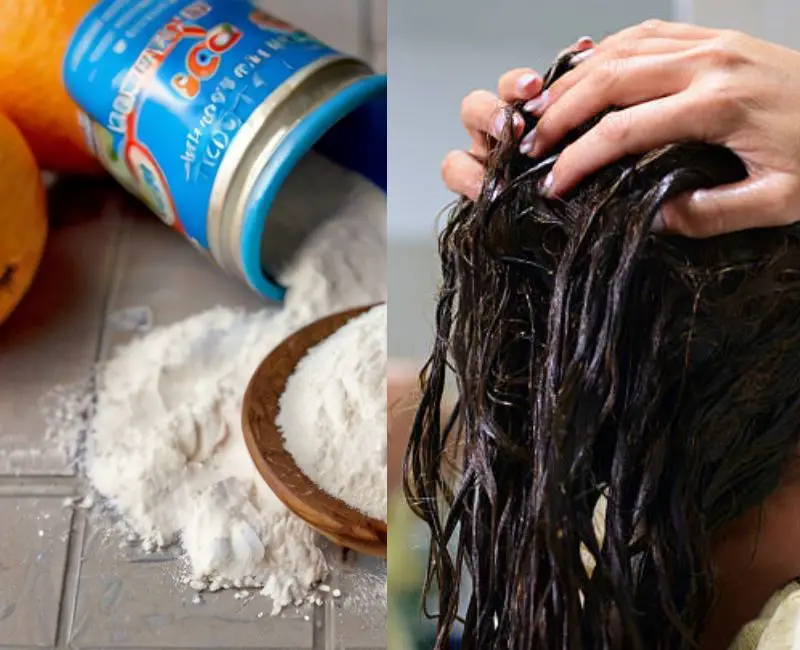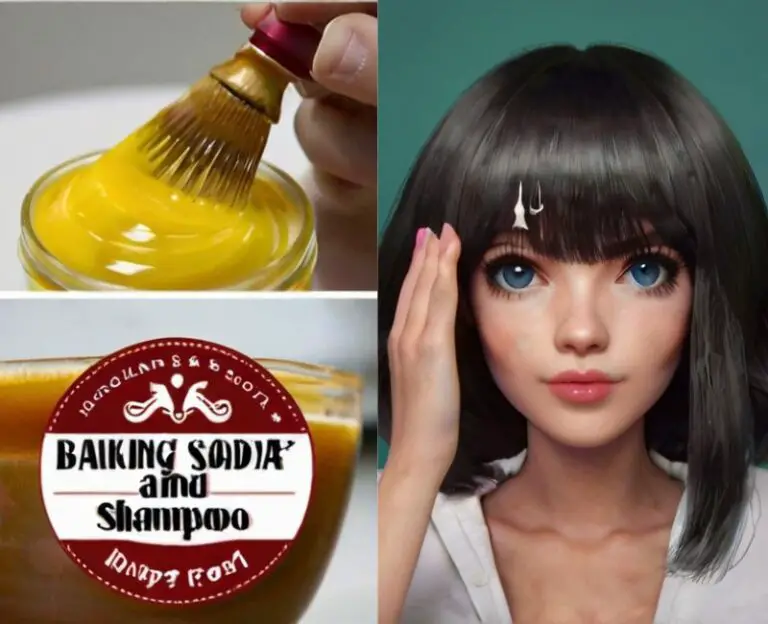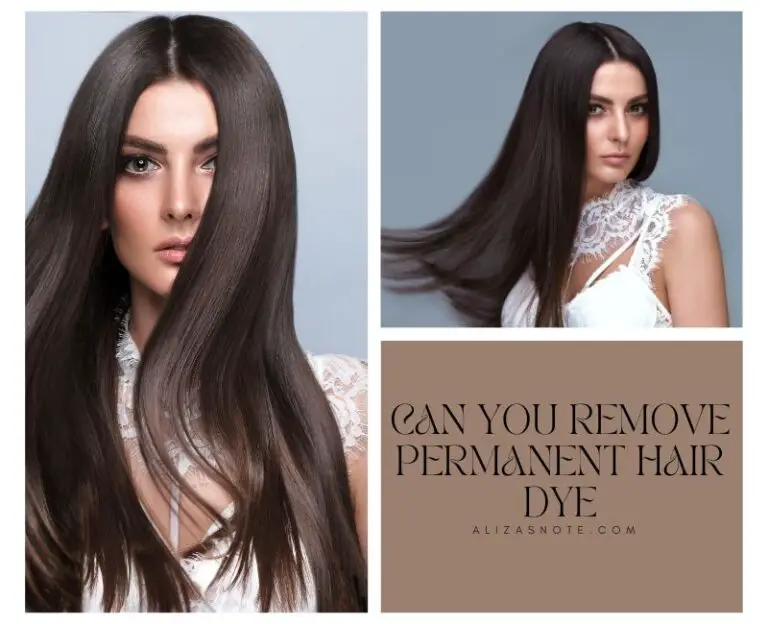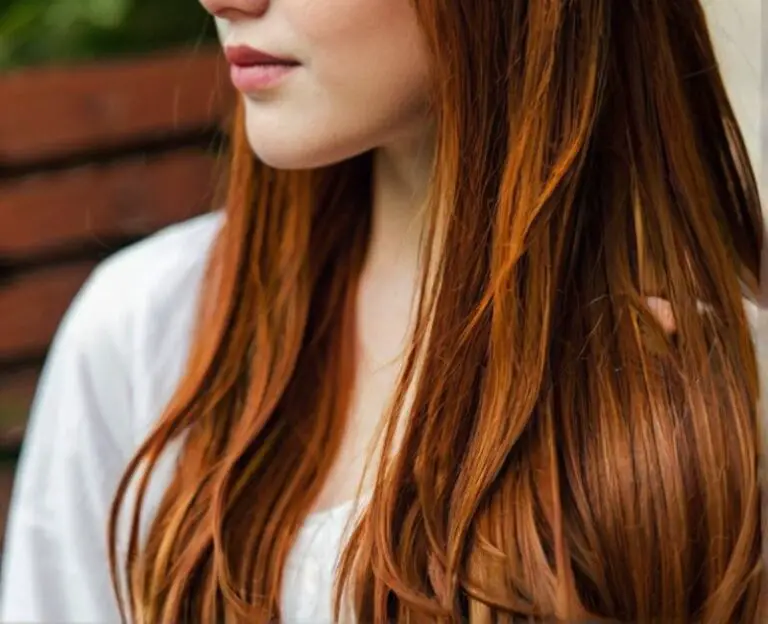Baking Soda And Vitamin C To Remove Hair Dye

Say goodbye to hair color mishaps with a natural remedy straight from your kitchen cupboard. Baking soda and vitamin C to remove hair dye, your go-to ingredients for those seeking a gentle yet effective way to remove unwanted hair dye.
The concept might seem unconventional, but the results speak for you.
But how does it work? Baking soda, known for its mild abrasiveness, helps to lift color molecules from the hair shaft. When combined with the acidic properties of vitamin C, usually sourced from crushed tablets or powdered supplements, it creates a powerful solution that breaks down stubborn dye molecules.
They’re easily accessible and budget-friendly, giving you the freedom to experiment in the comfort of your own home.
However, it’s crucial to approach this DIY treatment with care. While generally safe for most hair types, overuse or incorrect application can lead to dryness and damage.
Understanding the Science:
When baking soda (sodium bicarbonate) and vitamin C (ascorbic acid) are blended, they create an environment conducive to breaking down hair dye molecules.
Baking soda acts as a gentle alkaline substance with mild abrasiveness, assisting in lifting the dye from the hair shaft. Meanwhile, vitamin C acts as an acidic agent, aiding in opening the hair cuticle and enhancing the penetration of baking soda.
The interplay between these two elements initiates an oxidation-reduction reaction. Here, vitamin C acts as a reducing agent, while the hair dye serves as an oxidizing agent. This interaction causes the cleavage of disulfide bonds within the dye molecules, resulting in the dissolution of color and increased solubility.
Furthermore, maintaining the hair’s natural pH balance is crucial for the success of this method. Hair dye often disrupts this balance by altering the hair’s acidity or alkalinity to enable color penetration.
By utilizing a blend of baking soda and vitamin C, the hair’s pH is restored, facilitating dye removal.
A significant advantage of this approach lies in its safety and biocompatibility. Unlike harsh chemical removers, both baking soda and vitamin C are non-toxic ingredients generally suitable for most hair types. Nonetheless, it’s prudent to exercise caution and conduct a patch test beforehand to ensure compatibility with your skin and hair.
Understanding the scientific underpinnings of using baking soda and vitamin C for hair dye removal not only sheds light on its efficacy but also empowers individuals to make informed choices about their beauty routines.
Benefits of Using Baking Soda and Vitamin C:
Utilizing the natural properties of baking soda and vitamin C for hair care presents a multitude of advantages, providing a comprehensive solution to various hair-related concerns.
From nurturing scalp health to improving hair texture, these readily available ingredients offer a holistic approach to hair care that is both cost-effective and efficient.
One significant benefit of incorporating baking soda and vitamin C into hair care routines is their capacity to eliminate buildup and impurities. Acting as a mild exfoliant, baking soda delicately lifts away accumulated dirt, excess oils, and product residue from the scalp and strands.
By exploring a cleaner scalp environment, this cleansing action supports healthier hair growth while minimizing common issues like dandruff and scalp irritation.
Vitamin C, renowned for its antioxidant properties, offers another layer of benefits. When applied to the hair and scalp, it counteracts harmful free radicals that can jeopardize hair follicles, leading to dullness and breakage.
Moreover, the combined effects of baking soda and vitamin C work to clarify and brighten lackluster or discolored hair. Baking soda effectively removes mineral deposits and chlorine often found in hard water, while vitamin C’s natural bleaching properties gradually lighten hair, imparting a cleaner, shinier appearance.
Furthermore, both baking soda and vitamin C contribute to balancing the pH levels of the hair and scalp. The scalp naturally produces slightly acidic oils, and disruptions to this balance can result in dryness, frizz, and sensitivity.
By restoring the hair’s natural pH, baking soda and vitamin C help maintain hydration and promote overall hair health.
From cleansing and revitalizing to nurturing scalp health and enhancing shine, these natural ingredients offer a gentle yet potent method for achieving resilient, beautiful hair.
How to Use Baking soda and vitamin C to remove hair dye:
Follow this comprehensive guide to harness the natural power of these ingredients for successful dye removal.
Gather Your Supplies:
Begin by collecting the necessary items. You’ll need baking soda, vitamin C tablets or powder, a mixing bowl, a measuring spoon, and your regular shampoo.
Prepare the Mixture:
Crush several vitamin C tablets into a fine powder or use pre-existing vitamin C powder. Combine equal parts of baking soda and crushed vitamin C in the mixing bowl. Start with 1 tablespoon of each, adjusting as needed based on your hair’s length and thickness.
Thoroughly Mix:
Blend the baking soda and vitamin C powder until they are thoroughly combined, ensuring a smooth, uniform mixture without any clumps.
Add Water:
Gradually add water to the mixture, stirring continuously, until you achieve a paste-like consistency. The paste should be spreadable but not overly runny.
Application:
Section your hair and evenly apply the mixture, starting from the roots and working down to the ends. Ensure complete saturation, paying particular attention to areas with significant dye buildup.
Massage and Comb Through:
Massage the mixture gently into your hair and scalp to ensure thorough coverage. Use a wide-tooth comb to comb through your hair, aiding the mixture in penetrating and loosening the dye.
Processing Time:
Cover hair with any wrap to reduce the mixture from dry out. Allow it to work for 60-90 minutes, giving it ample time to break down the dye.
Rinse Out:
After the designated time has elapsed, rinse your hair thoroughly with warm water. Follow up with your regular shampoo and conditioner to eliminate any remaining residue and restore moisture to your hair.
Assessment:
Check the color of your hair post-rinse. If traces of dye remain, consider repeating the process. However, it’s essential to wait several days before attempting another treatment to avoid excessive damage to your hair.
Final Touches:
Complete the process with your preferred hair care products to nourish and hydrate your strands, leaving them revitalized and prepared for further styling.
Effectively utilize baking soda and vitamin C to remove hair dye, ensuring your locks are refreshed and ready for a new color or style.
Precautions and Consideration:
Before experiencing on the hair dye removal journey with baking soda and vitamin C, it’s crucial to heed some precautions and considerations to ensure a smooth and safe process:
- Apply a small amount of the mixture to a discreet area, like the inner arm, and monitor for any adverse reactions such as irritation or redness within 24 hours. If no reaction occurs, it’s generally safe to proceed.
- While baking soda and vitamin C are generally safe for most hair types, those with excessively dry or damaged hair should proceed with caution. Adjusting the frequency and duration of the treatment may be necessary for individuals with sensitive or compromised hair.
- Despite being natural ingredients, overusing baking soda and vitamin C or leaving them on for too long can lead to dryness and damage. Adhering to recommended guidelines for application and processing time is crucial to prevent overexposure.
- Following the removal process, it’s essential to replenish moisture to your hair. Use a hydrating conditioner or hair mask to restore lost moisture and nourishment.
- Patience is key, and rushing the process could lead to damage.
- If you have any concerns or experience adverse reactions during the patch test, seek guidance from a professional hairdresser or dermatologist.
Effectively use baking soda and vitamin C to remove hair dye, achieve your desired results while prioritizing the health of your hair and scalp.
Real-Life Success Stories:
Umer, using baking soda and vitamin C to remove hair dye has been a game-changer for me. I’ve witnessed firsthand how these two ingredients can work wonders in lifting stubborn color and bringing back my hair’s natural vibrancy. It’s truly remarkable, and I’m delighted to have stumbled upon such an effective DIY solution for color correction.
Read More Hair Color Post: Hydrogen Peroxide Remove Hair Dye
FAQ`s:
Q. Why does baking soda remove hair dye?
Baking soda’s mild abrasive and alkaline properties work together to break down the chemical bonds of hair dye molecules, facilitating their removal from the hair shaft.
Q. Does baking soda remove hair dye from skin?
Yes, baking soda effectively removes hair dye stains from the skin. Its abrasiveness lifts the dye, while its alkalinity aids in breaking down the pigment for easy removal.
Q. Is baking soda suitable for all hair types?
While generally safe, individuals with excessively dry or damaged hair should use baking soda cautiously to prevent further damage.
Q. Does the baking soda and vitamin C mixture lighten natural hair color?
Yes, the combination has natural bleaching properties that can lighten hair over time. Results may vary depending on hair type and usage duration.
Q. How often should I use baking soda and vitamin C to remove hair dye?
It’s best to use this method sparingly to prevent hair damage. Waiting a few days between treatments allows the hair to recover.
Last Call:
While baking soda and vitamin C offer numerous benefits, excessive use or improper application can lead to dryness and damage, especially for those with sensitive hair.
Need to recommended guidelines and understanding your hair’s needs are essential for achieving optimal results while preserving its health.
There’s always refining application techniques, or incorporating complementary ingredients, innovation is key to personalizing your hair care routine.
It celebrates simplicity, sustainability, and self-expression, empowering individuals to take charge of their hair care with confidence and creativity.
So, the next time you encounter a hair color dilemma, remember the transformative potential of baking soda and vitamin C – your natural solution awaits!
Call to Action:
- Have you tried this method? Share your experiences, insights, and tips in the comments section below. Your input could inspire and support others navigating their own hair care challenges.
- Don’t miss out on additional hair care inspiration and insights by joining us on Pinterest.





